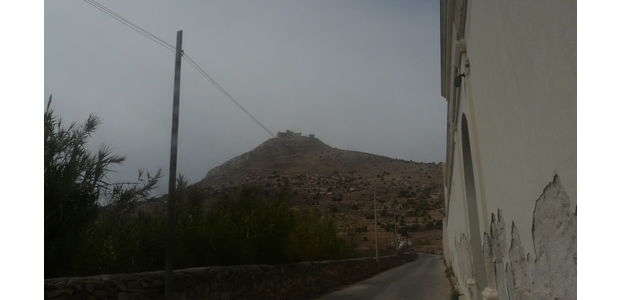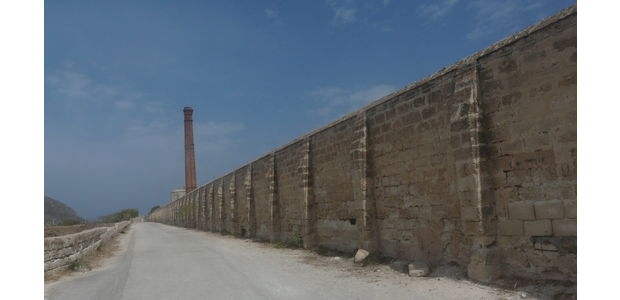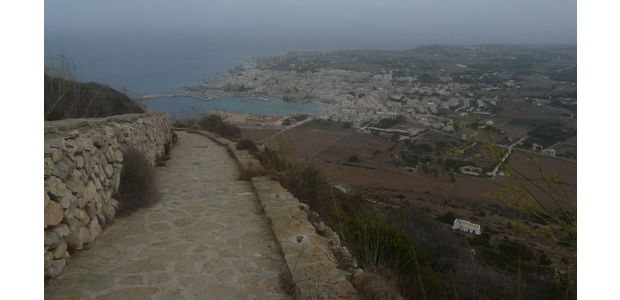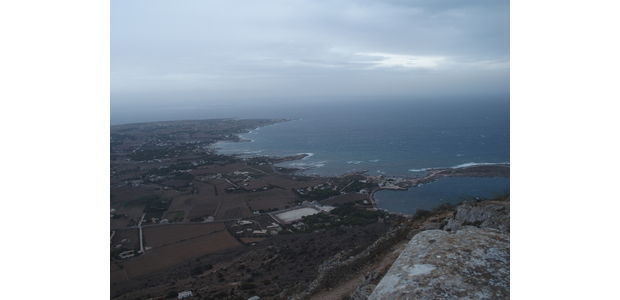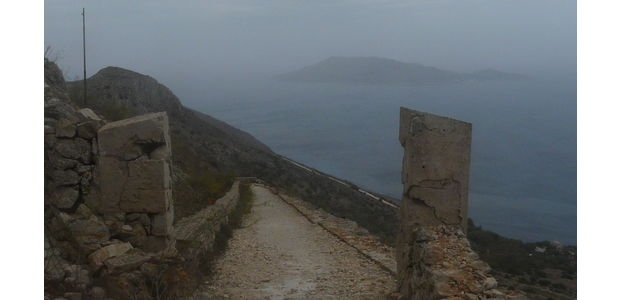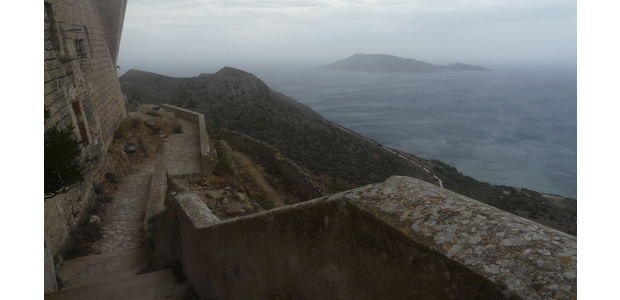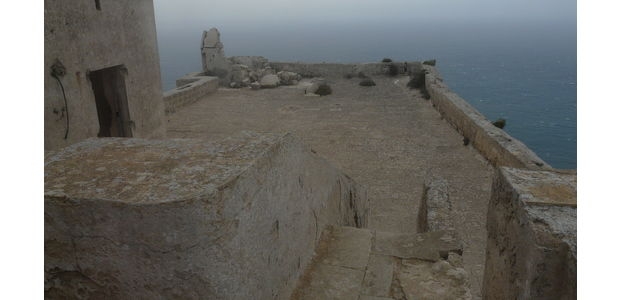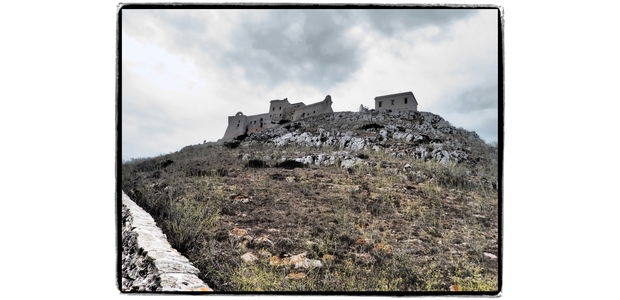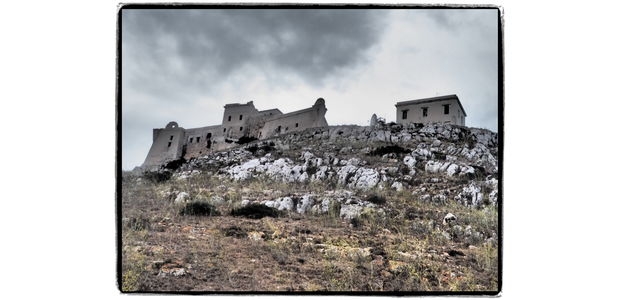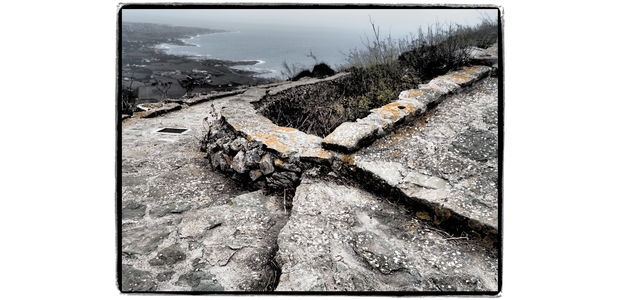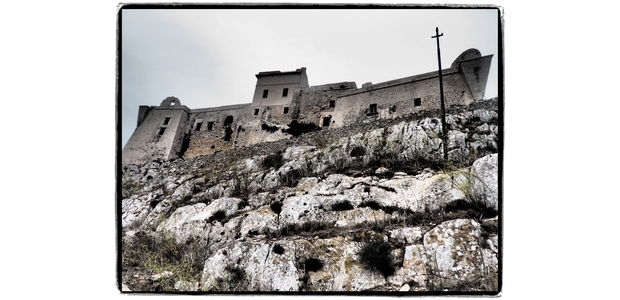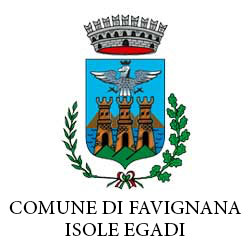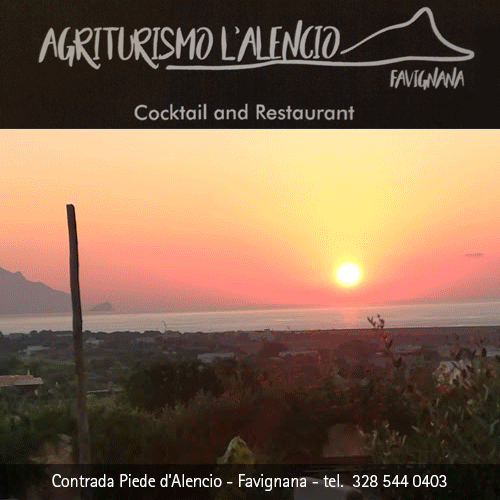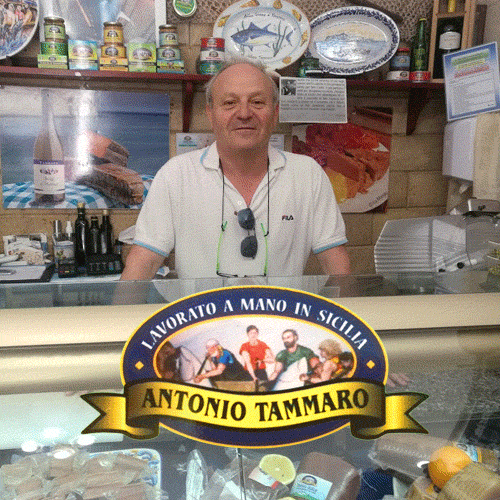Languages
Towards St. Catherine's Fortress
Favignana walk is a different experience
Those which cross Favignana Island are mostly dusty and white roads, protected by dry walls. Towards the faraglioni, instead, where the ground becomes greasy, the dust is red. Colors change, the landscape changes, always different, always surprising. The streets are crossed by young people riding scooter motorcycles and, at a slower pace, bicycles. But everyone is in search of hidden coves. The rocks are rough, wrinkled like hardened sponges. Sometimes they lead to the beach where once there was a quarry, the walls smoothed by the men’s work through centuries. This is a world where the sea is to be conquered. The beauty you gain is a clear water, a blue, cobalt blue, sometimes green sea.
But Favignana, although having an area of nineteen square kilometers, is nice to be walked through. It's another way to experience, to live the island without the frenzy of those willing to move quickly. Starting from the "Garden of Aloe" where we are staying, towards the Fortress of St. Catherine, overlooking the island, there are about five kilometers and a 314 metres vertical drop above sea level. A walk that can become a different and fascinating experience. And if the day is windy, the sky is covered with clouds and it starts to rain just as you climb the steps to the top, then everything takes a gothic-medieval adventure novel atmosphere.
People can take a break looking over the dry walls and discovering houses hidden under the street. Some people still live in the quarries, in the midst of sometimes abundant, more often abandoned gardens, among meadows and chickens. It is the way Favignana defends itself from tourist’s curious looks, maybe a little shameful of itself, but perhaps in that poor and dignified privacy there is all its ancient beauty, not yet touched by fashion and tourism that flatters everything. A hidden city, with caves still inhabited, where vegetation is rich and fights the rock.
Walkers are not in haste and they must be curious. They may thus discover a votive Virgin aedicule at the intersection between two streets, which usually those who speed by scooter do not see. You can take pictures of the succulent plants, dry and spiny herbs and wild shrubs that goats, that once inhabited the island, as the ancient writers remind us, greatly adore. Egusa (Aegusa for the Latins) was the ancient name of the island, derived from the Greek Aigousa (Αἰγοῦσα), that means "that has goats." A totally different flora blooms in the residence, a sumptuous ex-botanical garden including a giant ficus, rare aloe and tall palm trees touching the sky.
Walking to the harbour you can also have a view of the Florio’s factory. From the rear, it has a whole new charm. The wall is as smooth as the quarries stone. It is the beginning of the climb, where the cows graze among the sea, the ships and, on the horizon, Marettimo Island, with a really unusual contrast.
The climb to the mountain is made easier by a stone staircase that rises sinuously. The fortress was also a prison. It carries the signs of the devastation operated by rebels who have almost demolished it, ravaging doors and windows, even tearing apart the railings. It had to be a hard prison. The rainy day with cloudy sky is perfect to tell us about this place where nearly thirty thousand prisoners have passed by.
When you reach the top, among unstable stones, the wind dominates everything. The horizon is indistinct. Below us, the island extends in all its beauty towards Sicily, with its coasts becoming froth-white. At its side Marettimo is a shadow that changes color and blurs depending on the lights. At the top the lashes of the wind move people. Only there you can see the remains of what once was a radar, eaten by salt and neglected.
The fortress is a grim place, where the stones and the glimpses tell terrible stories of sufferance. The wind in the interstices seems to bring back the dead prisoners’ mourns. Today, the Santa Caterina Fortress is also the finish line of a night running competition, where people run with lights on their forehead as a sign of modern times, unable to listen to the voices and memories of the places.
